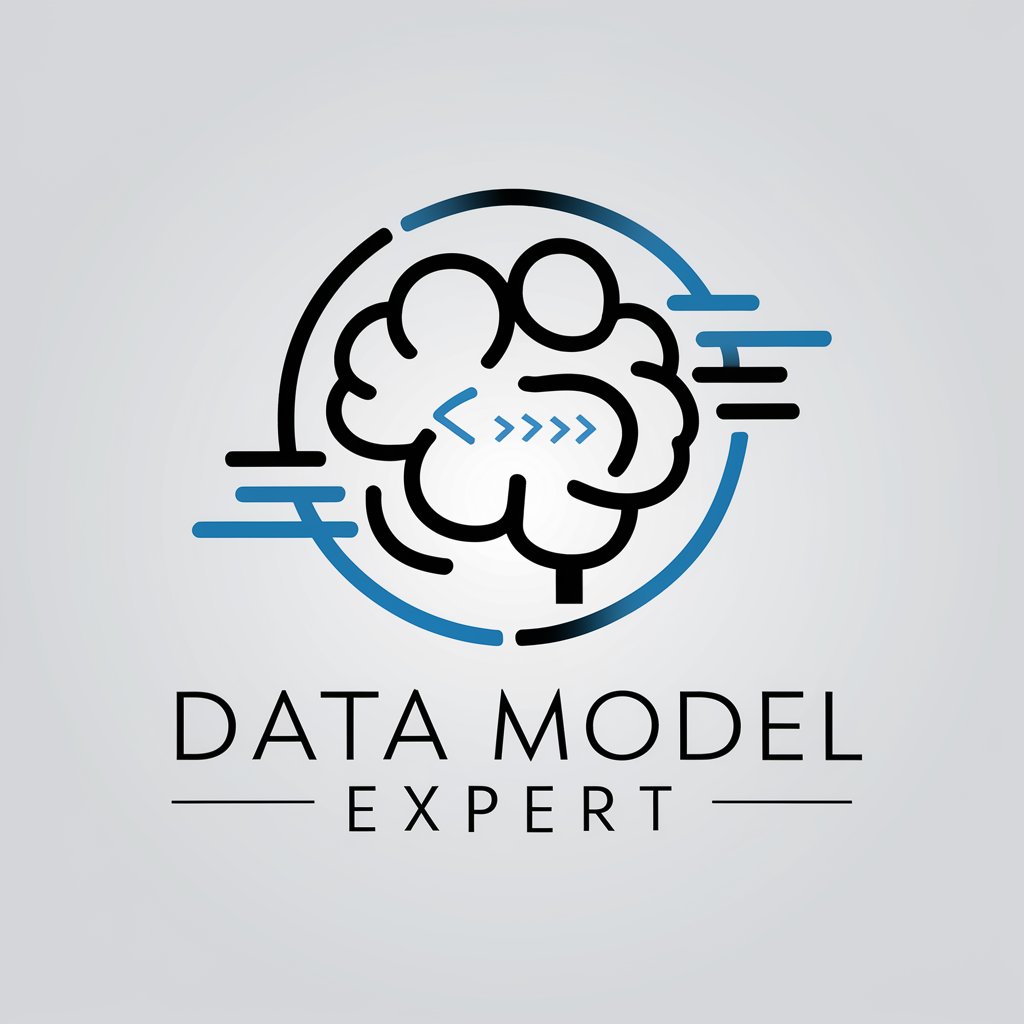
teiModeler - TEI XML Encoding Tool

Hello, let's model TEI XML together!
Empowering Text Analysis with AI
Design a logo that represents structured text encoding...
Create a professional logo for an AI specializing in TEI XML...
Craft a modern logo symbolizing TEI P5 guidelines and text analysis...
Generate a logo that embodies precision in digital humanities...
Get Embed Code
Introduction to teiModeler
teiModeler is a specialized tool designed for modeling text according to the Text Encoding Initiative (TEI) P5 guidelines. Its core purpose is to provide expert guidance and solutions for encoding textual data in TEI XML format, which is a standard for the representation of texts in digital form. The tool analyzes texts to define their types and discusses text phenomena in detail, offering mappings to TEI XML elements and attributes. Through careful examination, teiModeler extracts relevant phenomena from texts and creates detailed mappings, including TEI XML snippets and different modeling strategies. This tool is indispensable for creating valid, well-formed TEI XML documents, making it a valuable resource for digital humanities projects, textual analysis, and the preservation of literary and historical texts. Powered by ChatGPT-4o。

Main Functions of teiModeler
Text Analysis and Type Definition
Example
Analyzing a historical manuscript to determine its textual structure, including divisions, headings, and annotations.
Scenario
In a scenario where a user is working with a medieval manuscript, teiModeler can identify the hierarchical structure of the text, marginalia, and annotations, offering strategies for encoding these elements in TEI XML.
Detailed Discussion of Text Phenomena
Example
Identifying and encoding linguistic features such as dialectal variations or historical spelling in a corpus of early modern English texts.
Scenario
When dealing with texts that contain unique linguistic features, teiModeler examines these phenomena in depth, suggesting appropriate TEI elements and attributes for encoding such variations, thereby preserving linguistic nuances.
Mapping Text Phenomena to TEI Elements
Example
Mapping poetic structures such as stanzas, lines, and metrical patterns in a collection of poems.
Scenario
For a collection of poetry, teiModeler provides mappings to TEI elements that accurately represent poetic forms and structures, ensuring that the digital representation maintains the integrity of the original text.
Offering Different Modeling Strategies
Example
Providing alternative encoding strategies for complex manuscript descriptions, including variations in handwriting, decorations, and marginal notes.
Scenario
When encoding a manuscript with complex features, teiModeler offers multiple modeling strategies, allowing users to choose the approach that best suits their project goals and the manuscript's characteristics.
Ideal Users of teiModeler Services
Digital Humanists
Scholars and researchers in the digital humanities who work on digitizing, preserving, and analyzing texts. They benefit from teiModeler's ability to handle diverse textual phenomena and its guidance in creating TEI-compliant documents.
Librarians and Archivists
Professionals tasked with the digitization and long-term preservation of textual collections. teiModeler assists in creating structured, accessible digital representations of these texts, facilitating their use and preservation.
Literary and Historical Researchers
Researchers focusing on literary or historical texts benefit from teiModeler's detailed text analysis and encoding capabilities, which allow for nuanced study and interpretation of texts in their digital form.
Educators and Students
Teachers and learners in the fields of literature, history, and digital humanities can use teiModeler as a teaching and learning tool to understand text encoding practices and to work on projects that require TEI XML.

How to Use teiModeler
1
For a no-cost introduction, visit yeschat.ai and start using teiModeler immediately without the need for registration or a ChatGPT Plus subscription.
2
Select or input the text you want to analyze and encode using TEI XML, focusing on its structure, semantics, and any textual phenomena present.
3
Utilize the provided guidelines to categorize and tag your text with TEI XML elements and attributes accurately reflecting its characteristics.
4
Experiment with different modeling approaches offered by teiModeler to find the best representation of your text according to TEI P5 guidelines.
5
Review the generated TEI XML output, applying adjustments as needed to ensure accuracy and compliance with your project's requirements.
Try other advanced and practical GPTs
Free to Hallucinate
Ignite Your Creativity with AI

Maryland EMS Protocols
Standardize Emergency Response

Fact Checker Pro
AI-powered Fact Verification
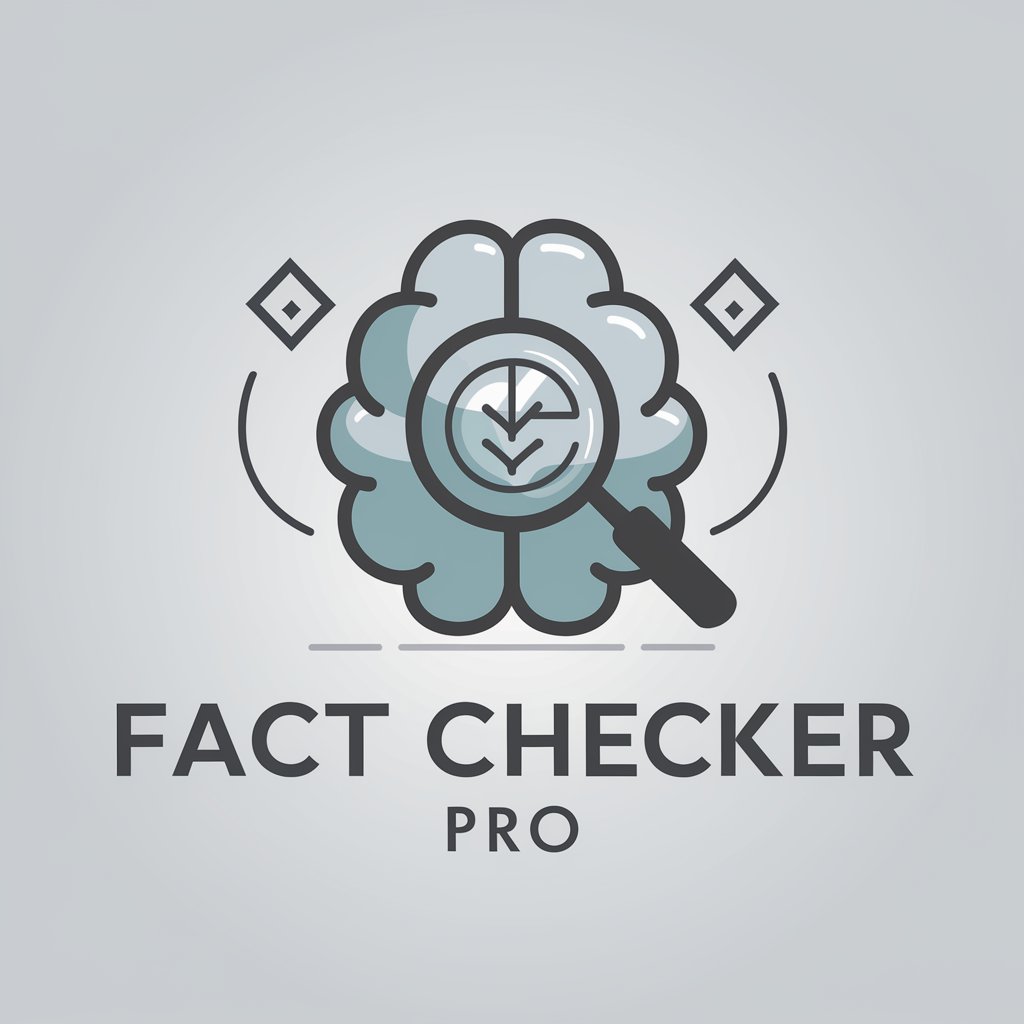
Fitness and Wellness Guide
Optimize Your Health with AI

Kiswahili kitukuzwe(Teacher)
Empower your Kiswahili journey with AI
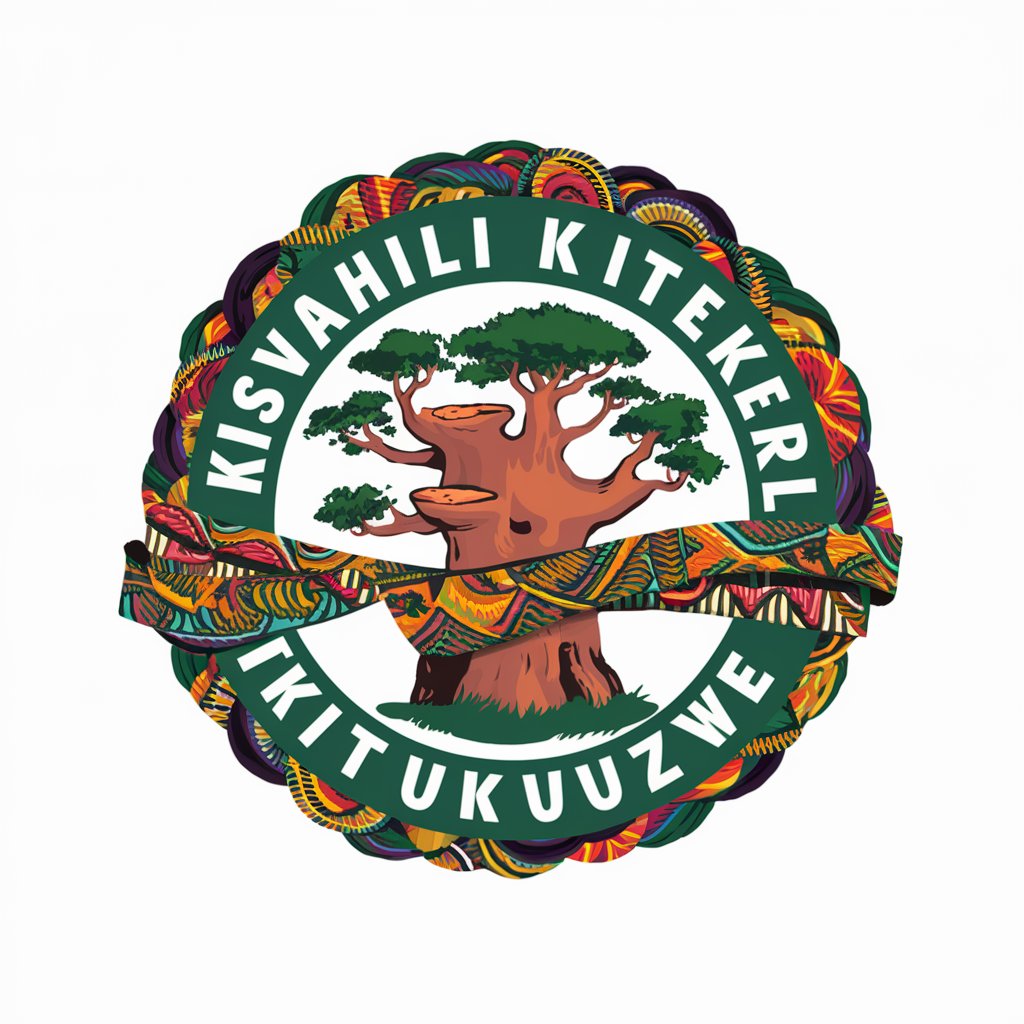
My Think Tank
Harnessing AI for Diverse Expert Insights

Rewrite Pro
Elevate Your Writing with AI
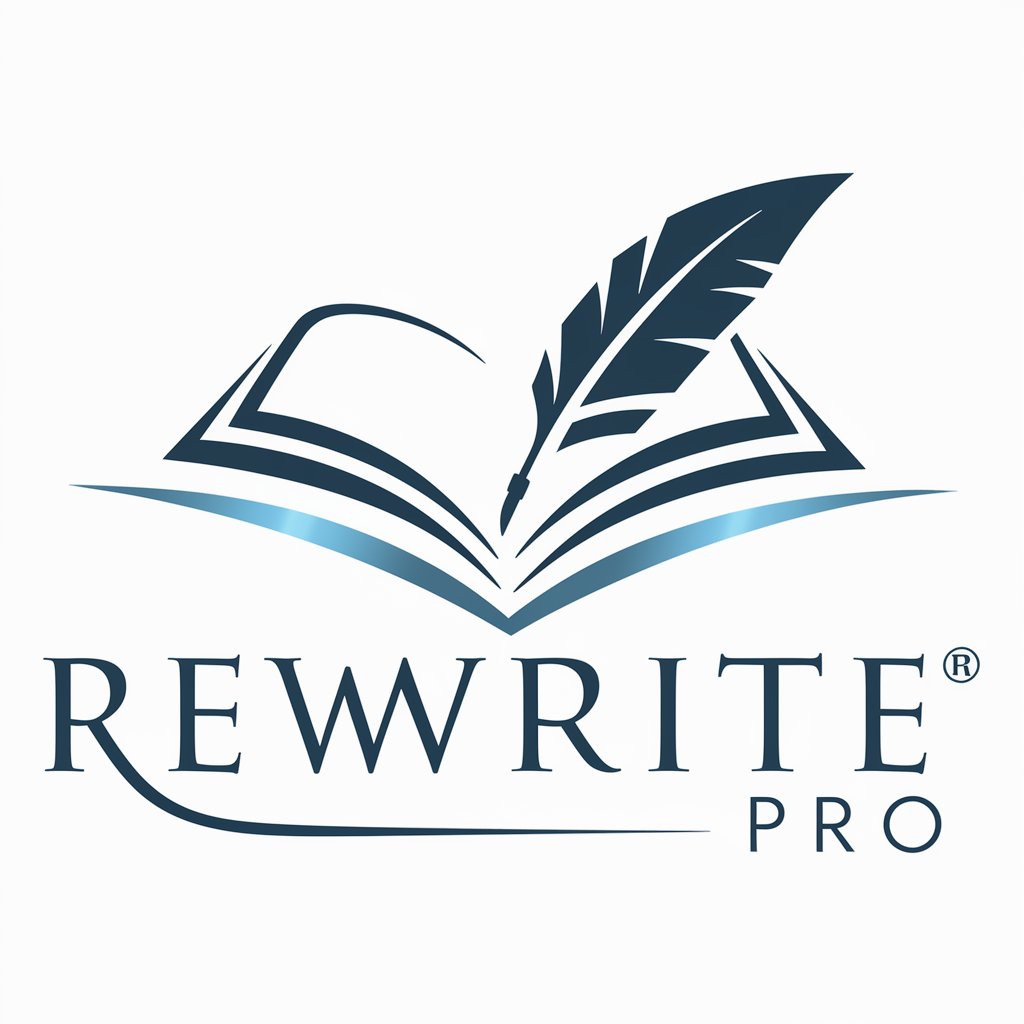
Rewrite Editor
Revolutionizing Writing with AI-Powered Clarity and Politeness
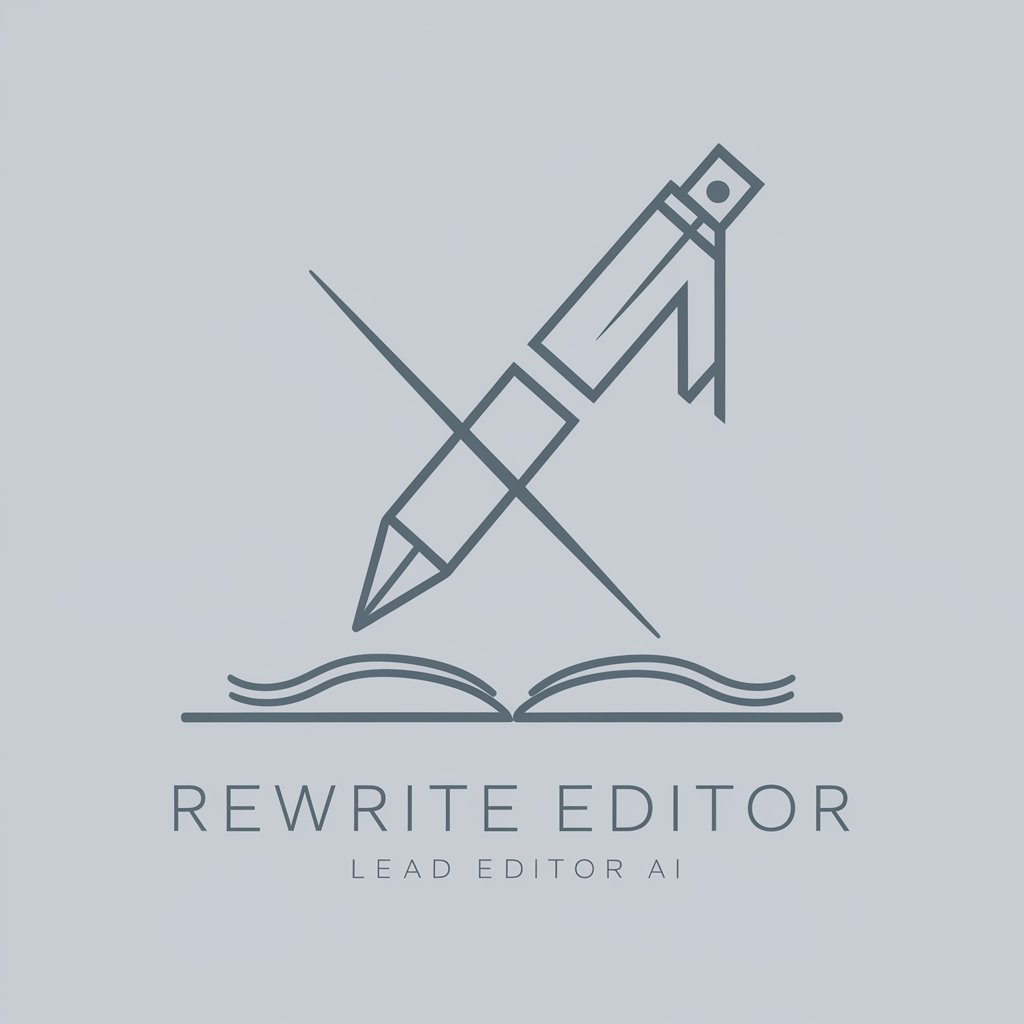
Clara
Empowering Educators with AI-Powered Insights

Biblical Cartographer GPT
Visualize Biblical History with AI
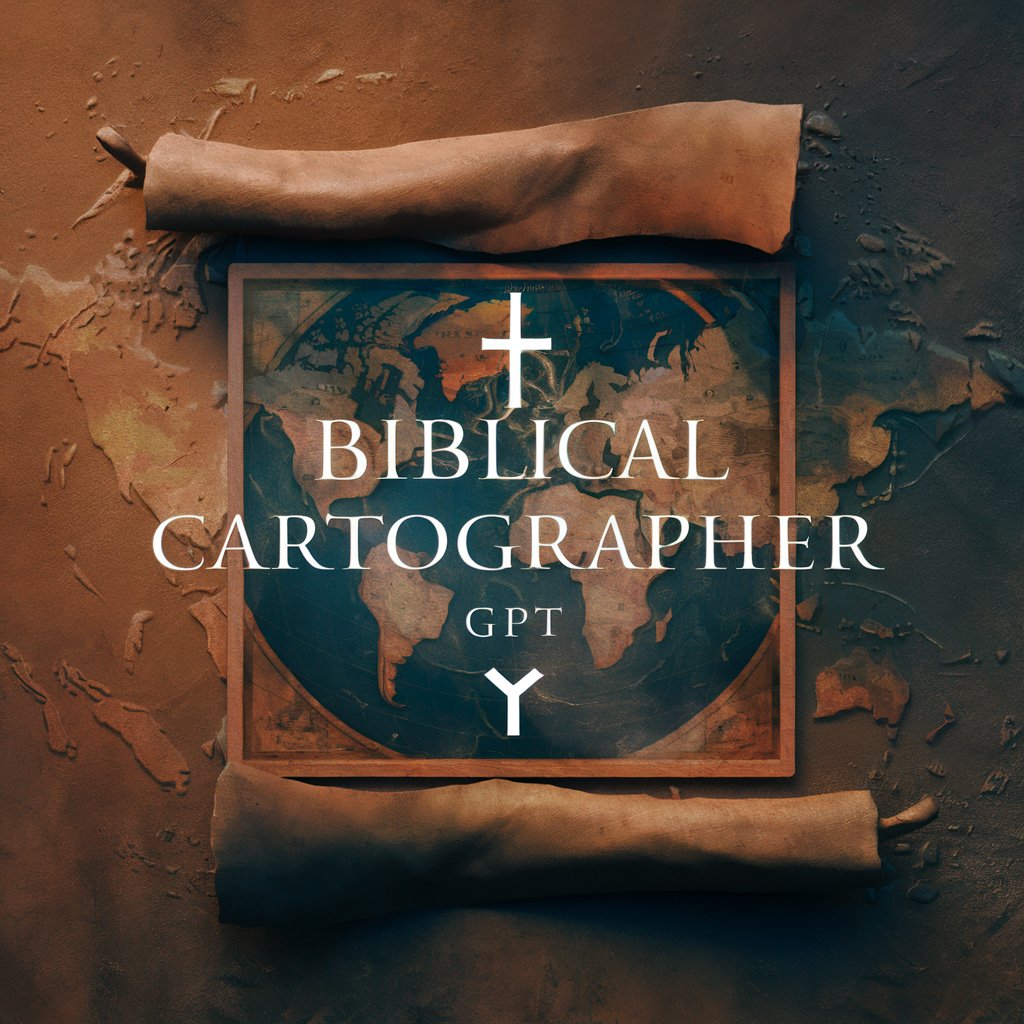
Cultural Cartographer
Mapping Indigenous Cultures with AI

Cartographer's Muse
Craft Your World with AI
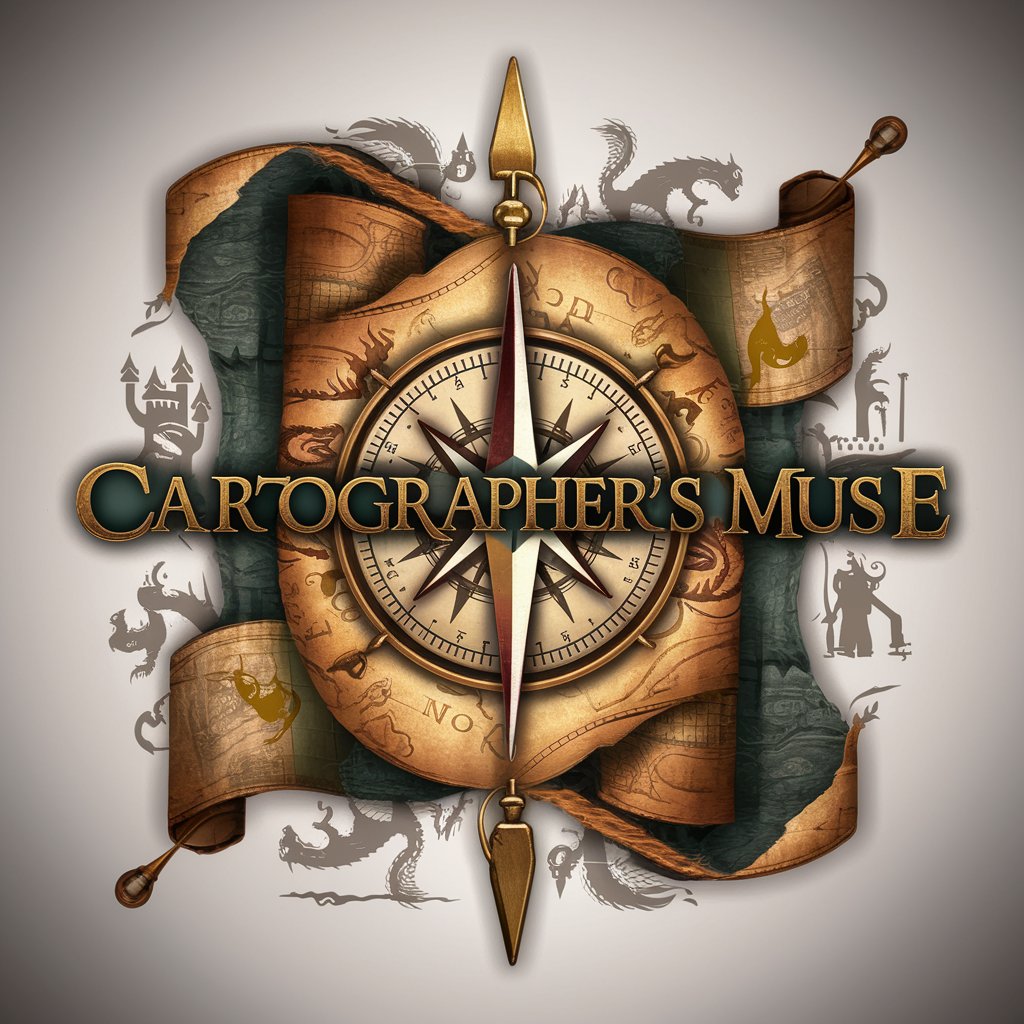
FAQs about teiModeler
What is teiModeler?
teiModeler is a specialized tool designed to assist users in modeling text according to the Text Encoding Initiative (TEI) P5 guidelines, focusing on TEI XML encoding.
Can teiModeler handle any type of text?
Yes, teiModeler is versatile and can analyze and encode a wide range of texts, from historical manuscripts to modern digital content, adapting to the specificities of each.
Does teiModeler require previous knowledge of TEI XML?
While prior knowledge of TEI XML can enhance your use of teiModeler, the tool provides guidance and examples making it accessible to both beginners and experienced users.
Can teiModeler suggest different encoding strategies?
Absolutely. teiModeler can present various modeling strategies, allowing users to choose the one that best fits their text's characteristics and their project's goals.
How does teiModeler enhance academic research?
By providing an efficient and accurate method for encoding texts, teiModeler facilitates data analysis, preservation, and sharing, thereby supporting a wide range of academic research activities.



